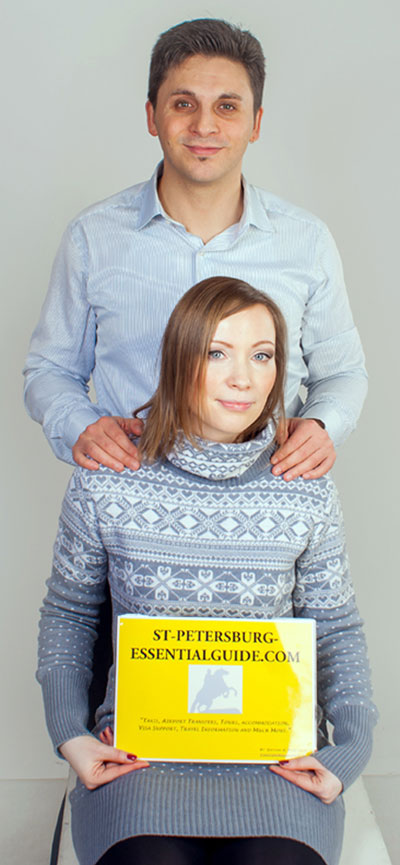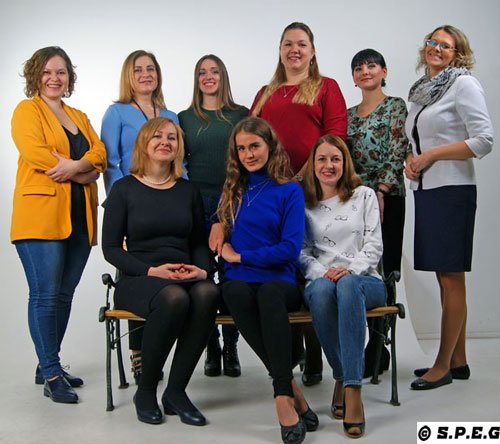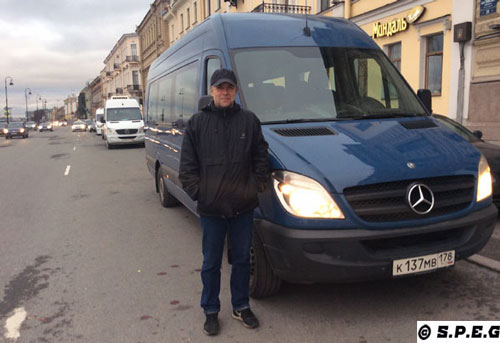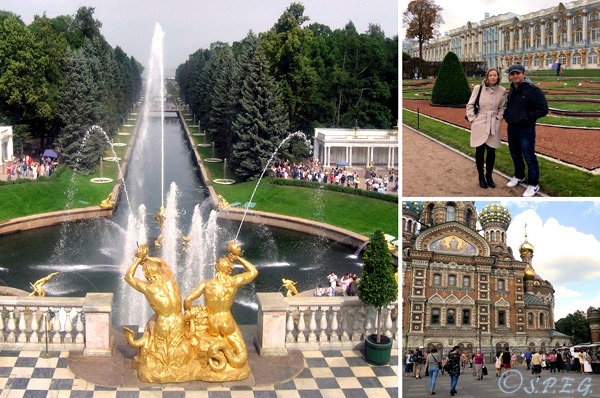peter the great
a brief look at his life & achievements
Peter the Great, St Petersburg founder, was the first Emperor of Russia. He was a great warrior, a legendary figure and something of a romantic. Volumes, both factual and fictional, have been written about the man. Let's find out more together!
The era of Peter the Great spans some three decades, half as much as the reign of his elder contemporary Louis XIV, who ruled France from 1643 to 1715. The role Peter I played in the history of Russia but also the whole of Europe is more comparable to that of the legendary Charles the Great.
Just as Charlemagne dragged a backward northern Europe into feudal statehood in the years around 800, Peter dragged into the mainstream of history his enormous realm extending from the Baltic to the Pacific that was lingering in a state of early feudalism.
Thanks to Peter I the city of St Petersburg became an architectural symbol of Peter's reforms and as a result of that reforms, Europe at that time regarded Peter as belonging to the whole continent. And we can say that what hi did was the highest appraisal of his deeds.
more about peter the great
Below is a very brief look at who Peter the Great was and what he did during his reign. We tried to split the article into three parts to make it an easy read for you. Hope you like it!
the first decade
He did not begin life as Peter the Great, but simply as Peter, a member of the Romanov Dynasty. He became Tsar Peter I in 1682 at the age of 10 after the death of his older half-brother Feodor, although his half-sister Sophia actually made all of the decisions for years.
Peter and his brother Ivan V were technically co-Tsars. They sat together on a two-seated throne with a hole in the center through which Sophia could listen and give answers or make decisions.
In the summer of 1689, Peter planned to take power from Sophia. Initially, she was able to retain control, but as time went by he was able to gather enough support to win the power struggle. Sophia was forced to enter a convent, giving up her name and position as a member of the royal family.
Peter did not initially gain control. Instead, it shifted to his mother Natalya. It was not until her death in 1694 that he became an independent sovereign and not until the death of Ivan in 1696 that he became the sole Tsar of Russia. In that same year, he captured Azov from the Crimean Khan by sea and founded the first Russian Naval Base of Taganrog. Prior to his reign, Russia had no navy.
the second decade
He traveled throughout Europe learning skills such as shipbuilding and city-building. His main goal was to modernize and reform Russia. He created a 10 member Senate that would be in charge when he was away at war, usurping the power of the nobility, many of whom he did not trust.
He fought in many battles, some successful, some not. But he was able to greatly expand Russia’s size.
With the treaty that ended the Great Northern War, for example, Russia acquired Estonia, Livonia, part of Karelia and some Finnish lands that were close to Saint Petersburg. The land surrounding present-day Saint Petersburg was originally a Swedish province. He captured that area in 1703 by winning over the Swedes at Poltava and named it after Saint Peter the Apostle, not after himself as some believe.
Saint Petersburg became the Imperial City, the capital of Russia in 1712. Moscow had been the country’s capital and the location of the central government since the late 1200s. In 1721, he has officially proclaimed Emperor of all Russia after the Northern War ends with the peace of Nystad. Shortly thereafter became known as Peter the Great.
the third decade
One of his many accomplishments was the creation of the Table of Ranks in 1722. The Table of Ranks was a new order of precedence that replaced the one based on nobility, which had been in place since the Grand Principality of Moscow was created in 1283 AD.
The Table allowed commoners to become titled based on competence, merit, and service to the empire. This is one of the reasons that Peter the Great was loved by the people of his country. If they became educated and worked hard, they could climb the ranks and enjoy the lifestyle of the nobility. His system remained in place for nearly 200 years, until the monarchy was overthrown in 1917.
His second wife Catherine was not born into nobility. She was a servant. Peter’s first marriage was arranged by his mother when he was a young man. He was unhappy with the arrangement and sought to abolish arranged marriages during his reign. He was able to divorce his first wife by convincing her to become a nun. This made the divorce legal.
He fell in love with Catherine who was the servant of his best friend and married her secretly in 1707. The two lived in a three-room log cabin, long before the Imperial Palaces existed, while the city of St Petersburg, Russia was being built. They married publicly in later years and Catherine became Empress. It was a true rags-to-riches story. Voltaire said that Catherine was nearly as extraordinary as her husband.
conclusions
These are just some of the highlights of the life of Peter the Great, but there is more to know about him.
He died at the age of 52 after reigning for 42 years. Legend has it that his rescue of soldiers drowning in icy water caused complications that hastened his death. He is buried in the small cathedral at the Peter and Paul Fortress, the oldest landmark in the city of St. Petersburg, Russia.
From Peter the Great return to the Homepage
DO YOU LIKE ST PETERSBURG ESSENTIAL GUIDE? HAVE YOU FOUND THIS PAGE HELPFUL?
If you do, please help others to find out about it. If you have a blog or website, or know someone who does, consider linking to us. Share the link on Facebook, Tweet it... you get the idea. Every link helps!



